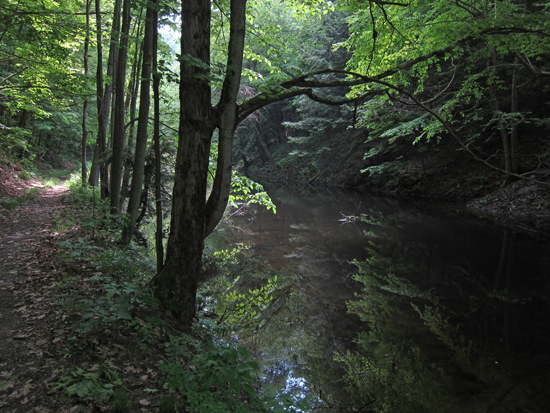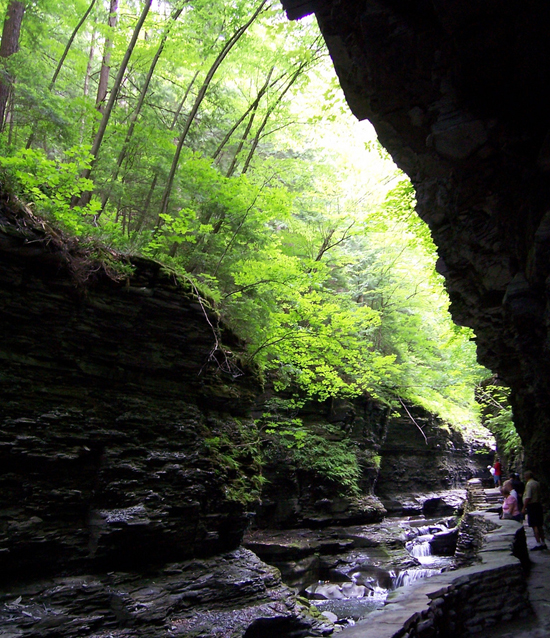Tributary Tuesday: Cayuta Lake and Cayuta Creek (New York and Pennsylvania)
Cayuta Lake and the surrounding areas provide a pristine habitat for rare plants and animals.
The story of upstate New York's Cayuta Creek begins as all good stories do: once upon a time, when – according to local folklore – a young and talented princess named Kayutah was born into a local Seneca tribe. Kayutah was so extraordinary that one of the neighboring tribes kidnapped her. Her devastated mother cried so many tears that they filled the entire valley, creating what is now known as Cayuta Lake.

(Image courtesy Chris Waits/Flickr)
Cayuta Lake, known locally as Little Lake, drains north to south instead of south to north, just like the nearby Finger Lakes. It empties into the 40-mile-long Cayuta Creek, which meanders south before emptying into the Susquehanna River. Cayuta Lake’s waters, or “Kayuta's tears," travel some 300 miles south before reaching the Chesapeake Bay!
Although the aforementioned legend affirms that the lake was born out of sadness, the surrounding region is now a favorite of outdoor enthusiasts and vacationers alike. Like most of the region’s small lakes, Cayuta Lake completely freezes during the winter, offering opportunities for ice skating, cross-country skiing and snowshoeing. There have even been reports of people racing their cars on the lake – although we don’t endorse that idea!
Cayuta Lake and the surrounding areas provide a pristine habitat for rare plants and animals. The best example is a freshwater sponge (Spongilla) that is so sensitive to pollution and human disturbances that the only other place in the world it can be found is Siberia! The sponge lives in the Cayuta Inlet, an area known as the James W. and Helene D. Allen Preserve that’s a favorite study spot of Cornell University students. These sponges are the only food source for the Spongilla fly, a rare insect.
And where there are insects, there are also...fly fishermen! Freshwater trout are abundant in Cayuta Lake and Cayuta Creek. But if you don't want to get in the water, the Finger Lakes Trail provides the perfect opportunity to view this scenic stream. The trail runs from Watkins Glen State Park over State Route 228, and follows Cayuta Creek for miles south. Rumor has it that spring is the best time for hikers, as Watkins Glen is home to rare native flowers and ferns. Not to mention the park's magnificent gorge, rapids and waterfalls, formed by glaciers during the last Ice Age.

(Image courtesy She Who Shall Not Be Named/Flickr)
There are plenty of other natural areas surrounding Cayuta Lake and Cayuta Creek. Here are some of my favorites:

Comments
There are no comments.
Thank you!
Your comment has been received. Before it can be published, the comment will be reviewed by our team to ensure it adheres with our rules of engagement.
Back to recent stories